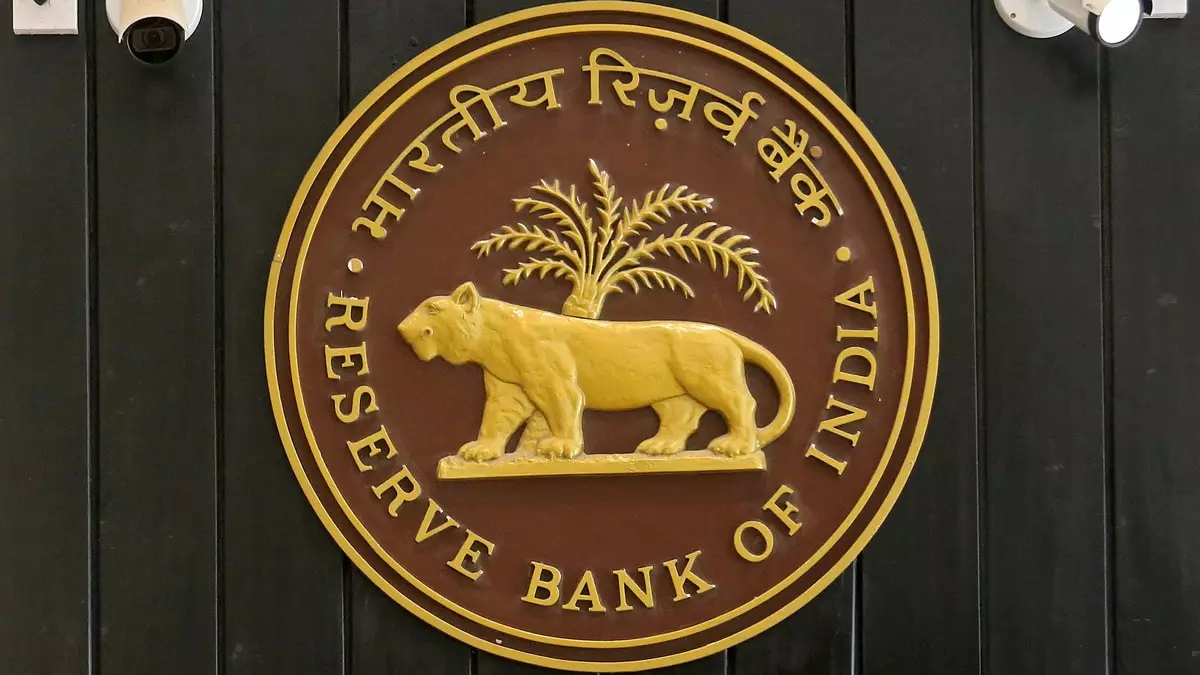India’s digital Rupee, known as eRupee, is currently in the advanced stages of trials conducted by 16 national banks. The eRupee has already garnered five million users during its pilot phase, according to RBI Governor Shaktikanta Das. The central bank is taking a cautious approach and is not rushing the deployment of the CBDC across the national financial systems. The retail pilot for eRupee was initiated in December 2022 with the primary objective of enabling peer-to-peer transactions. As of now, the focus is on testing offline features and programmability functions of eRupee, which Governor Das considers essential aspects of the digital currency.
Programmability for Financial Inclusion
Governor Das highlighted the programmability feature of eRupee as a crucial element for promoting financial inclusion in India. He emphasized that tenant farmers face challenges in accessing agricultural credit due to the lack of land title documents to provide to banks. By programming the end use of funds for the purchase of agricultural inputs, banks can gain confidence in the purpose of the funds disbursed without relying solely on land holdings. This innovative feature can help establish the identity of farmers based on the utilization of funds rather than land ownership. Additionally, programmability enables farmers to receive funds designated for specific purposes, such as generating carbon credits, further enhancing financial opportunities for agricultural communities.
Enhancements and Future Plans
In addition to programmability, eRupee is expected to introduce additional features such as transaction anonymity and offline accessibility. The central bank is exploring ways to incorporate these functionalities to enhance the usability and security of the digital currency. Governor Das’s speech outlining the advancements and benefits of eRupee has been widely distributed among India’s fintech community through networking platforms like LinkedIn. While the RBI maintains a watchful eye on cryptocurrencies, it views CBDCs like eRupee as the future of payment systems for both domestic and international transactions. Central bank digital currencies operate as virtual representations of fiat currencies on blockchain networks, offering permanent and immutable transaction records that increase transparency in financial systems and diminish reliance on paper currency. Unlike cryptocurrencies, CBDCs are under the supervision of central banks, ensuring regulatory oversight and stability in digital transactions.
India’s eRupee stands at the forefront of digital currency innovation, with its unique features and strategic planning setting the stage for the future of financial transactions. As the central bank continues to refine and expand the capabilities of eRupee, it is poised to revolutionize the way payments are conducted, driving financial inclusion and technological advancement in India’s evolving economy.



Leave a Reply